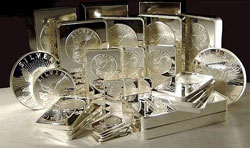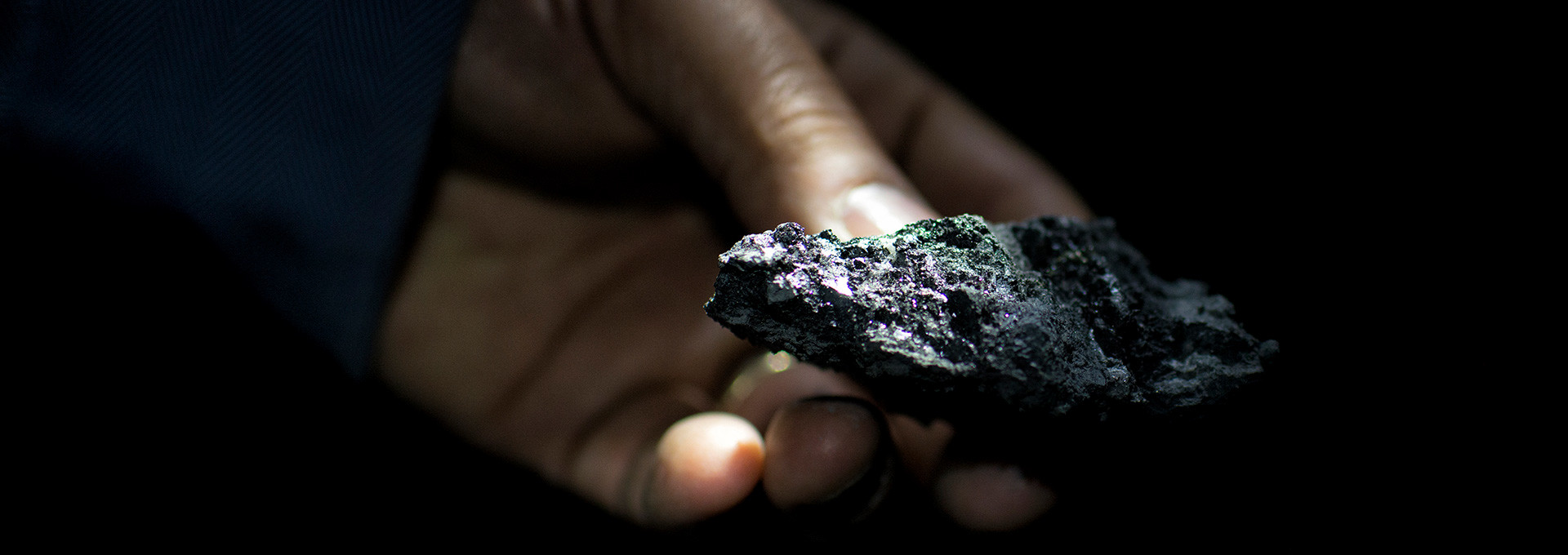Who Uses It
 Silver has long been valued as a precious metal, and it is used to make ornaments, jewellery, high-value tableware, utensils (hence the term silverware), and currency coins. Today, silver metal is also used in electrical contacts and conductors, in mirrors and in catalysis of chemical reactions. Its compounds are used in photographic film and dilute silver nitrate solutions and other silver compounds are used as disinfectants and micro biocides. While many medical antimicrobial uses of silver have been supplanted by antibiotics, further research into clinical potential continues.
Silver has long been valued as a precious metal, and it is used to make ornaments, jewellery, high-value tableware, utensils (hence the term silverware), and currency coins. Today, silver metal is also used in electrical contacts and conductors, in mirrors and in catalysis of chemical reactions. Its compounds are used in photographic film and dilute silver nitrate solutions and other silver compounds are used as disinfectants and micro biocides. While many medical antimicrobial uses of silver have been supplanted by antibiotics, further research into clinical potential continues.
Silver, in the form of electrum (a gold-silver alloy), was coined to produce money in around 700 BC by the Lydians. Later, silver was refined and coined in its pure form. Many nations used silver as the basic unit of monetary value. In the modern world, silver bullion has the ISO currency code XAG. The name of the United Kingdom monetary unit "pound" (£) reflects the fact that it originally represented the value of one troy pound of sterling silver.
In the 1800s, because of the large silver discoveries in the Americas and the fear by European Central bankers of the possibility of more silver than they suspected, many nations, like Great Britain and the United States, switched from a silver and gold standard to a gold standard of monetary value. During the 20th century, a slow transition to fiat currency occurred. Today, the price of both gold and silver is increasing in monetary value because of debasement of fiat currencies through overprinting and the rise in value of commodities.
Jewelry and silverware are traditionally made from sterling silver (standard silver), an alloy of 92.5% silver with 7.5% copper. In the US, only an alloy consisting of at least 92.5% fine silver can be marketed as "silver" (thus frequently stamped 925). Sterling silver is harder than pure silver, and has a lower melting point (893 °C) than either pure silver or pure copper.[6] Britannia silver is an alternative hallmark-quality standard containing 95.8% silver, often used to make silver tableware and wrought plate. With the addition of germanium, the patented modified alloy Argentium Sterling Silver is formed, with improved properties including resistance to firescale.
Sterling silver jewelry is often plated with a thin coat of .999 fine silver to give the item a shiny finish. This process is called "flashing". Silver jewelry can also be plated with rhodium (for a bright, shiny look) or gold.
Find out more about silver at the www.SilverInstitute.org
